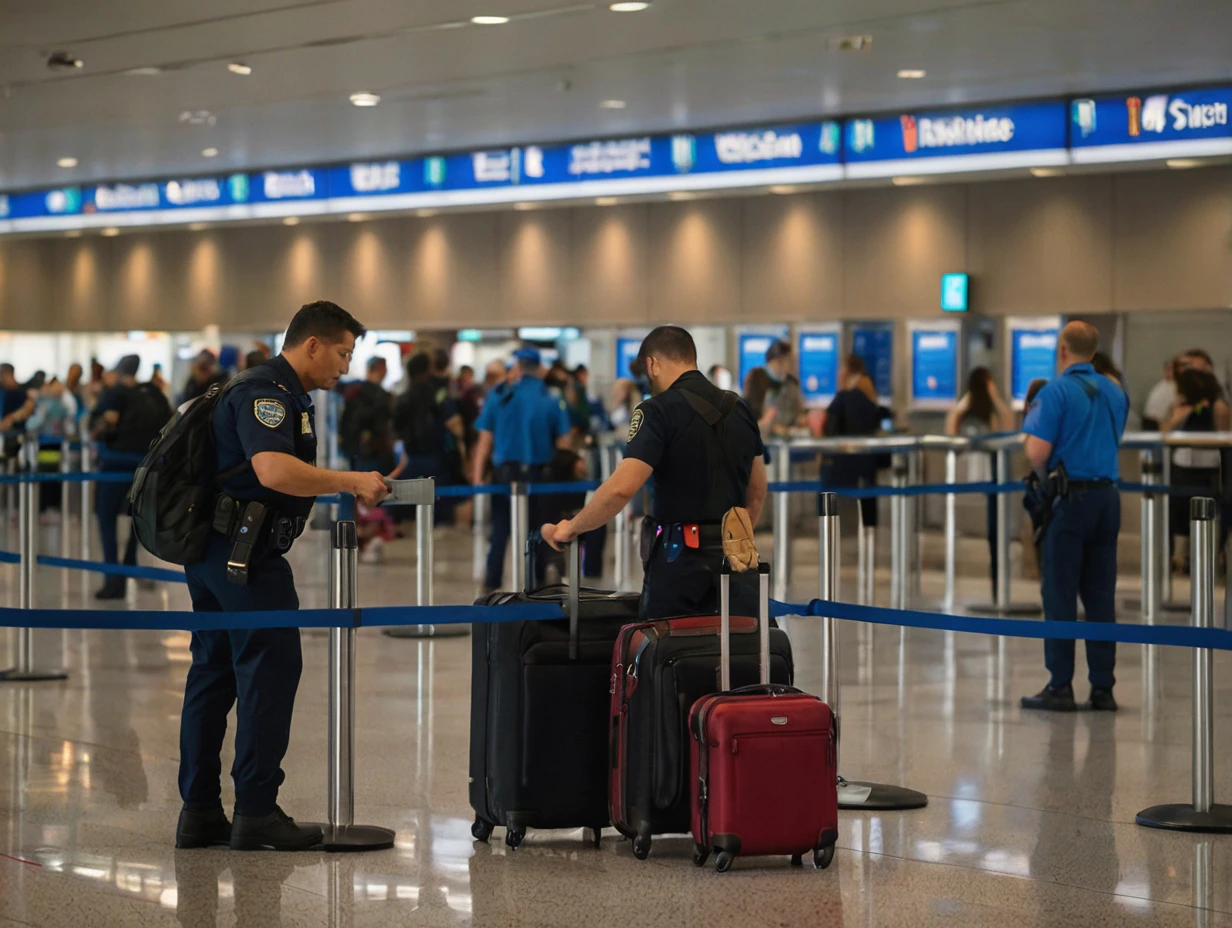In response to growing concerns about security screening, the Transportation Security Administration (TSA) has implemented a new policy requiring migrants lacking sufficient identification to undergo facial recognition checks before boarding domestic flights.
The move comes amid ongoing debate over immigration and border security.
TSA’s stricter ID policies facial recognition and denial of boarding
All adult travelers, including noncitizens awaiting immigration proceedings, must present acceptable forms of ID to enter secure airport areas for onward travel. Those without proper identification must submit to additional screening and facial recognition technology using Department of Homeland Security (DHS) records to verify their identity.
If a traveler refuses facial recognition or if TSA cannot match their identity to DHS records, boarding will be denied. Similarly, individuals not matching the CBP One app, used for appointments and document uploads at the border, will also be denied access. Recent reports indicate migrants being turned away in South Texas due to these requirements.
The issue of migrants boarding flights has been a contentious topic, particularly amidst the ongoing crisis at the southern border. Previous controversies arose over the use of civil arrest warrants and deportation orders to allow migrants, including those in the country illegally, to board planes.
Additionally, concerns were raised over the use of CBP One for identity verification, with some individuals able to decline photo capture.
Security concerns and legislative action
While officials emphasize that the enhanced vetting process applies to all travelers without appropriate ID, regardless of citizenship status, Republicans have voiced significant security concerns.
Senator Roger Marshall of Kansas introduced legislation aimed at penalizing airlines transporting migrants using the CBP One app for identification purposes, indicating ongoing bipartisan scrutiny of TSA policies.
The TSA’s implementation of facial recognition technology for migrants without sufficient IDs reflects an effort to bolster security measures in domestic air travel. While the agency maintains that the process applies equally to all travelers, regardless of citizenship status, concerns persist among lawmakers and advocacy groups.
As the immigration debate continues, the efficacy and implications of these measures will remain under scrutiny.





